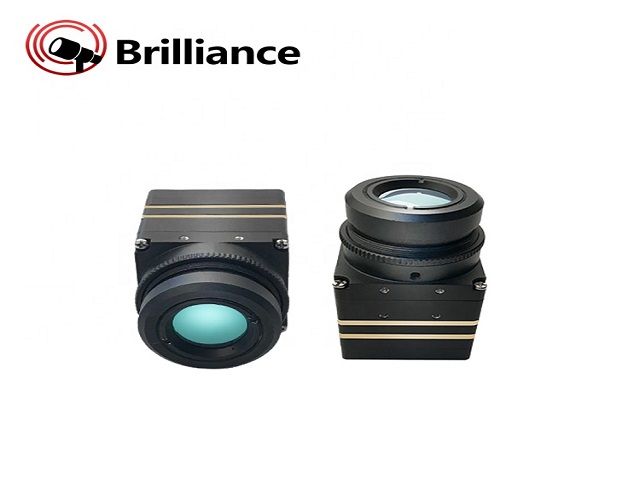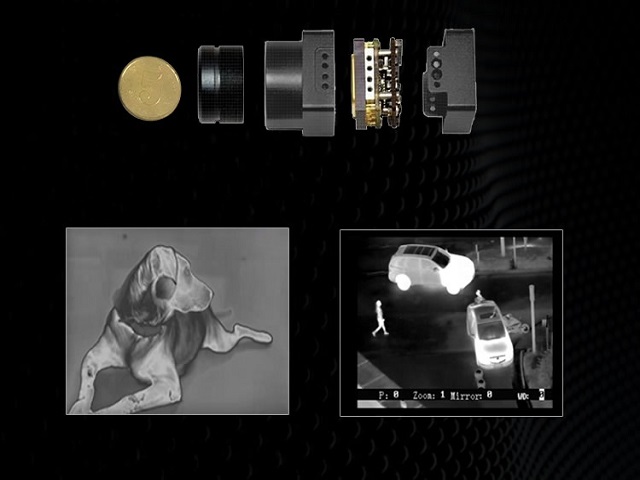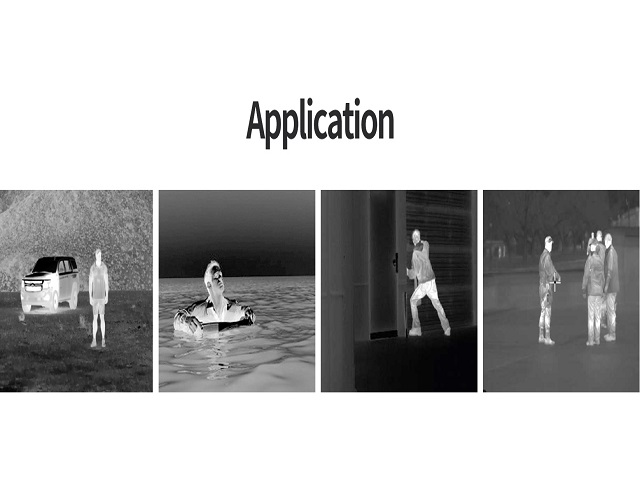Shutter vs. Without Shutter
Sales Engineer: Gloria Gao
Email: gloria@bri-elec.com
WhatsApp: 0086-199 2997 5286
As a landmark achievement of infrared technology, the infrared thermal imaging plays an important role in both military and civilian applications. Thermal imaging is the detection of infrared radiation emitted by objects to produce images, and can be used for reconnaissance, hunting, vehicle-mounted night vision and obstacle avoidance, etc.

The most critical component of an infrared thermal imager is the detector. In practice, some detectors have shutters and some do not. This article will explore the differences between these two types of detectors and explain their application scenarios, advantages and disadvantages.

The shutter is built between the lens and the sensor, and is opened and closed by automatic or manual buttons at intervals. A detector with shutter generally refers to a thermal imager module with one or more shutter placed in front of the lens or sensor. The position and shape of the shutter can be controlled to limit the FOV (field of view) of the instrument's measurements and therefore produce a clearer and more understandable image on the display. However, shuttered detectors also have their disadvantages. The main disadvantage is that the FOV is limited by the presence of the shutter, and the detector must control the FOV by adjusting the position and shape of the shutter, making it relatively complicated to operate.

BRI provides two types of products with different rates and budgets, if you need, please contact us below for more information and purchase the products.
Sales Engineer: Gloria Gao
Email: gloria@bri-elec.com
WhatsApp: 0086-199 2997 5286

